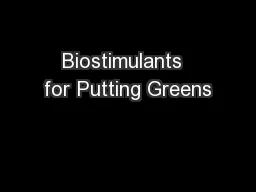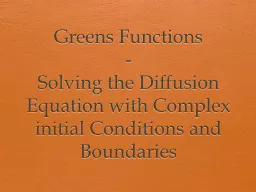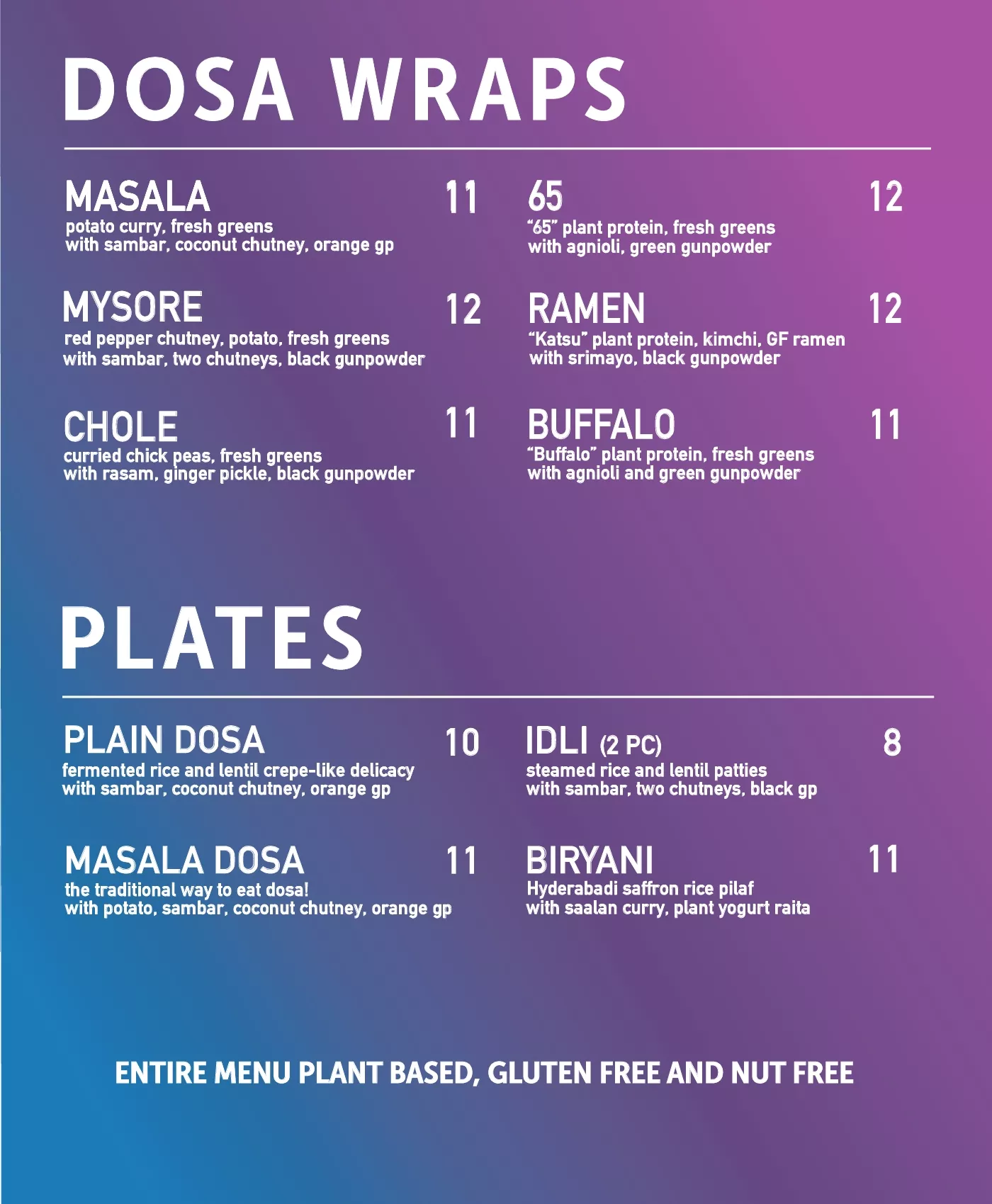PPT-Biostimulants for Putting Greens
Author : jane-oiler | Published Date : 2018-12-16
Erik H Ervin PhD Professor Turfgrass Culture amp Physiology Crop and Soil Environmental Sciences Department eervinvtedu VIRGINIA TECH November 29 2017 MoGIC Schmidt
Presentation Embed Code
Download Presentation
Download Presentation The PPT/PDF document "Biostimulants for Putting Greens" is the property of its rightful owner. Permission is granted to download and print the materials on this website for personal, non-commercial use only, and to display it on your personal computer provided you do not modify the materials and that you retain all copyright notices contained in the materials. By downloading content from our website, you accept the terms of this agreement.
Biostimulants for Putting Greens: Transcript
Download Rules Of Document
"Biostimulants for Putting Greens"The content belongs to its owner. You may download and print it for personal use, without modification, and keep all copyright notices. By downloading, you agree to these terms.
Related Documents














